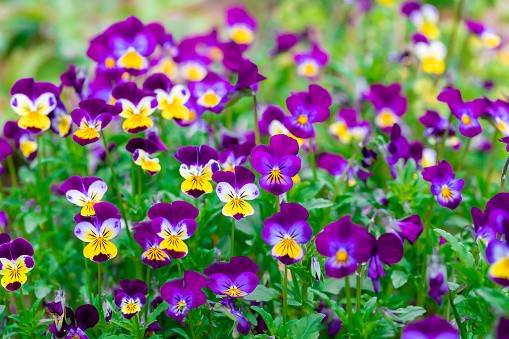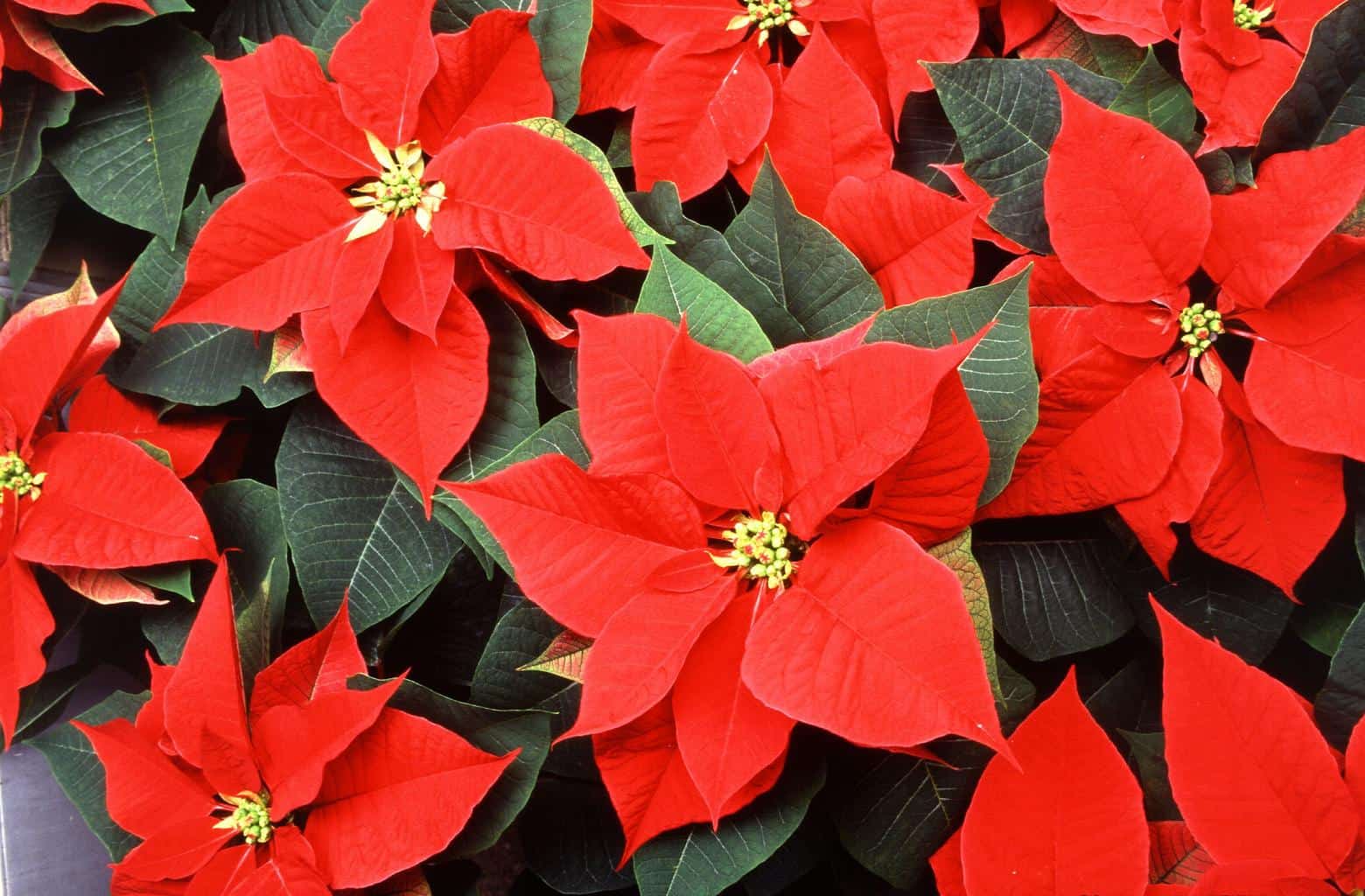Wild Pansy, scientifically known as Viola tricolor, is an annual flowering plant native to Europe and has since been introduced in many countries of the world. The Viola Tricolor is part of the Violaceae plant family and is a type of Pansy flower. It can also be commonly known as Johnny Jump Up or Love-in-idleness.
Meaning and Symbolism
Wild Pansies or Viola Tricolor, also known as “hearts ease”, is a symbolic flower of remembrance, love, and thoughtfulness. It was once believed to bring good luck and happy thoughts to those that carried it. In the language of flowers, it can also be a symbol of affection and the return of happiness.
History, Mythology and Religious Significance
Wild Pansy, or Viola tricolor, have a long and detailed history tracing back to ancient Greek. Viola tricolor was believed to be a toy of the gods and a symbol of the return of the happy life that the Greek gods bestowed upon the living. Wild Pansies were also used as dye to color foods, fabrics and textiles. In Christianity, the three tones of the Wild Pansy were used to represent the Trinity and even during religious celebrations in some parts of Europe, it is said that Wild Pansy flowers were used to represent faith, hope and love.
Flower Varieties & Their Defining Characteristics
Viola Tricolor is a type of flowering plants with many varieties. All varieties share the same dark purple, lilac, and yellow petals with veins and blotches. The most common varieties include Viola Tricolor Habben, Viola Tricolor Haylodge, and Viola Tricolor Limpwood. The flowers usually measure one inch across and sit atop thin, spreading stems and bushy foliage. These perennial plants spread quickly and bloom from spring to fall, preferring cooler climates.
How to Plant
To start growing Wild Pansy, Viola Tricolor, you will need to choose an area that is appropriate. Wild Pansy flowers need a well-drained soil that has a slightly acidic pH, good air circulation, and partial shade to full sun. The soil should be high in organic matter and make sure that the soil is not too heavy. Planting Wild Pansy from seeds directly in the ground is not recommended, as it will have difficulty taking root. It is recommended to start them off in flats indoors and wait until the last frost before transplanting outdoors.
How to Pot and Repot
When first starting to grow Wild Pansy, pick a potting soil mix for them carefully. Make sure the pot has drainage holes at the bottom and aerate the soil before planting the Wild Pansy seeds. Make sure the pot is big enough to accommodate the growth of the Wild Pansy. After the seedlings have taken to root and grown a bit, it is recommended to repot the Wild Pansy into a bigger pot and adjust the soil. You can do this process every spring to make sure your Wild Pansy are healthy and get planted in the right medium.
How to Prune
In order to keep the health of your Wild Pansy intact and make sure that they stay bushy and full, it is recommended to prune the tips of the stems during the flowering season and after the flowers have dropped. To do so, the stems should be cut up until the second pair of leaflets appears. For shaped pruning, some gardeners cordon off the stems, creating a desired shape for their plants. This needs to be done with care as large pruning can greatly weaken the plant and cause it harm.
How to Propagate
Propagating Wild Pansy is usually easy and can be done with seeds, rooted cuttings and even layering. The most common choice out of these three is growing from cuttings, since it is fast and can produce the desired results. When root cuttings, a sharp pair of scissors should be used to snip off the shoots 6-12 inches (15-30cm) of stem that are at least 2 inches (5 cm) long. For spreading Wild Pansy, layering is a great option, as it is relatively easy, simple and doesn’t require much work. To do layering, the desirable stem should be bent to the ground and pinned down with a metal staple or a wooden hoop that is placed on top of the stem.
Common Pests And Diseases
Wild Pansy is generally resistant to ailments and common plant diseases. Even so, there are a few plant pests that can wreak havoc in Wild Pansy beds and gardens, such as Aphids, Thrips and Whiteflies. These pests can be controlled in a number of ways, such as using a water jet or applications of chemical insecticides. To prevent the growth of diseases and fungal spores, make sure the soil is well aerated and the leaves of the plants don’t get wet for long periods of time.
Three Frequently Asked Questions about Viola Tricolor
Q: How tall do Viola Tricolor grow?
A: Viola Tricolor can grow anywhere between 6 inches to 24 inches in height.
Q: How long can Viola Tricolor bloom?
A: Viola Tricolor can bloom from late spring to late summer.
Q: How far apart should Viola Tricolor be planted?
A: Viola Tricolor should be planted 12-18 inches apart in order to spread evenly and receive enough sun and space to thrive.
Table Fact Sheet
| Wild Pansy | Viola Tricolor |
|---|---|
| Family | Violaceae |
| Plant Type | Perennial |
| Mature Size | 6-24” |
| Sun Exposure | Partial Shade to Full Sun |
| Soil Type | Well-drained, not too heavy |
| Soil pH | Slightly Acidic |
| Bloom Time | Late Spring to Late Summer |
| Flower Color | Dark Purple, Lilac, and Yellow Petals With Veins And Blotches |
| Hardiness Zones | 3-11 |
| Native Area | Europe |
What we love from Amazon this week
Buy these wonderful flowers directly from Amazon:















